|
|
|
|
Radschool Association Magazine - Vol 42 Page 6 |
|
|
Privacy Policy | Editorial Policy | Profit Policy | Join the Association | List of Members | Contact us | Index | Links |
|
|
Out in the shed with Ted
Ted McEvoy.
|
|
|
Back Go to page: 1 2 3 4 5 6 7 8 9 10 11 12 13 14 15 16 17 18 19 20 Forward |
|
|
|
|
|
Pension Rates.
On the 20th March 2013, the current pension rates relating to compensation benefits that are paid under the Military Rehabilitation and Compensation Act 2004 (MRCA) were increased.
Although the total increase is much larger than in previous increases, unfortunately, it is not all from increases in the pension rate. Part of the increase can be attributed to the “Clean Energy Supplement”. As an example, the TPI rate rose by $56.20 per fortnight, but $20.70 of that is the Clean Energy Supplement. The TPI pension itself rose by $35.50 or 3%, as did all the others.
The old and new rates are now: |
|
|
|
|
|
The Carer’s Allowance (caring for a person 16 years or over) is unchanged at $115.40 per fortnight. Persons receiving a Carer Allowance payment on 1 July each year, will also receive an annual Carer Supplement of up to $600 for each person in their care.
|
|
|
Special Rate and Intermediate Rate pension claims
Special Rare and intermediate Rate (IR) disability pensions are payable to veterans who are severely incapacitated and unable to earn a normal wage, solely due to their service-related disabilities.
The FulI Federal Court decided in the case of Connell that a reduction in work hours was sufficient to meet the Intermediate Rate test of being "prevented from conducting to undertake remunerative work that the veteran was undertaking'.
This decision means veterans are no longer required to have completely ceased the work they were undertaking in order to satisfy the requirement of the prevented test. For example, if due to a service related disability alone, a veteran reduced his work hours from full-time to part-time, or from part-time ro 20 hours a week or less, and this results in a loss of earnings, he will satisfy the prevented rest for IR.
It is important to remember that a veteran must still satisfy all of the other eligibility criteria including the alone test, which requires that the veteran's service-related disabilities alone are the reason they are unable to work for more than the relevant working hours thresholds.
The Repatriation Commission decided that the interpretation of the Prevented Test taken by the Fll Federal Court should also apply to Special Rate provisions.
For more information on Special and Intermediate Rates, refer to the DVA Factsheet (DP29) which you can get HERE.
|
|
|
In the West Australian - Wed 17th April, 2013
|
|
|
Click the pic above for a bigger view
|
|
|
Scams
The Metropolitan Police in the UK have released a book dealing with scans - it explains how a lot of them work and gives good advise on how not to get stung. See HERE.
|
|
|
Health.
How to get and stay healthy - see HERE
|
|
|
D.I.Y. HARRIER
Art Nalls, a retired U.S. Marine colonel, has bought the ultimate boys’ toy: he’s the only private owner of a Royal Navy Sea Harrier, which he rebuilt with a little help from a 400,000 page manual. The paint may be peeling in places and it has clearly seen better days, but to its proud owner, the gunmetal-grey Sea Harrier remains a thing of beauty. |
|
|
|
|
|
Art Nalls reclines in front of his Sea Harrier at St Mary's County Regional Airport in Maryland. |
|
|
'She's a little bit like having a mistress - only more fun and way more expensive,' he said.
The British-built jet, once a potent symbol of technological prowess, now startles the neighbours and the local Cessna pilots whenever it emerges from its hangar at the tiny St Mary’s County Regional Airport in Maryland, some 50 miles south-east of Washington, DC. ‘When people see it in flight it inspires awe,’ booms Art Nalls ‘People can’t believe ten tons of aluminium can float motionless on a sea of noise. I get a kick out of watching the crowds at air shows.
'As soon as I gun the engine, people put down their hot dogs and look upwards with their mouths wide open, like a bunch of baby birds waiting to be fed. 'You don’t get the same kick looking at a jet sitting on the ground in a museum. |
|
|
|
|
|
Nalls's refurbished Sea Harrier at an air show in Virginia in 2010. |
|
|
It’s 30 years since the Harrier’s finest hour, when it helped the UK win the Falklands War. The aircraft entered service in 1969, but it was in the South Atlantic in 1982 that it came into its own. The Argentines nicknamed it La Muerte Negra – the Black Death.
During the conflict, Harriers shot down at least 20 Argentine planes without a single loss in aerial combat (ten were lost to ground fire, accidents or mechanical failure). With its superior manoeuvrability and armament – including the latest AIM-9L Sidewinder missiles and Blue Fox radar – the British jet outclassed the enemy Mirage III and Dagger aircraft, even though the Argentine planes were considerably faster.
It went on to see action in both the Gulf War and the Iraq War, as well as in Bosnia , Kosovo, Sierra Leone and Afghanistan . But since then its star has faded. The UK Government caused wide-spread outrage in October 2010 when it announced it was axing the remaining Harriers as part of the Strategic Defence Review.
The entire fleet of 74 aircraft (minus two allocated to museums) has since been bought by the U.S. – whose Marines still fly the Harrier regularly in Afghanistan – in a deal worth around US$177 million.
The RN Harrier pilots were very upset as they considered their aircraft was better suited to combat operations in Afghanistan than the RAF’s Tornado, which is almost as old yet has survived the defence cuts relatively unscathed.
Admiral Lord West, who was head of the UK Navy from 2002 to 2006, spearheaded an unsuccessful campaign begging the Prime Minister to reconsider his ‘bonkers’ decision to scrap the iconic aircraft. In an open letter to David Cameron, he wrote that the PM was a ‘victim of bad and biased briefing’. Following the Government’s announcement, one senior Harrier pilot said, ‘We have been under relentless pressure from an Air Force system that simply wanted us to fail.
He said: 'There is absolutely no doubt that the RAF has been working against us (the RN) from the start of the whole process. This is all about service politics rather than making decisions based on the suitability of the aircraft for this particular combat environment’.
|
|
|
|
|
|
Attaching the wing after the plane's arrival in the U.S. in 2006. |
|
|
'The Harrier was doing a brilliant job in Afghanistan and then suddenly it was withdrawn so that the RAF could deploy their Tornados, simply so that the RAF could justify their existence. You need three Tornados to do the same work as one Harrier in Afghanistan. Where’s the sense in that?’ ‘What makes the Harrier unique is its ability to take off vertically, hover on the spot, fly backwards and pirouette like a dancer in the air. That made it deadly in combat and thrilling to watch.
It was an ignoble end for an aircraft that was once the pride of Britain’s armed forces and one which has left Nalls as the self-described ‘defender’ of the Harrier’s legacy. ‘It’s a travesty that the UK Government scrapped the Harrier fleet. I will keep my Harrier airworthy for as long as I’m physically capable of flying her.’ He said.
Nalls, who lives in Virginia , won’t divulge exactly what he paid for his ‘bird’, but says reports of US$3.8 million ‘are not wide of the mark’. |
|
|
|
|
|
It costs a staggering US$235 a minute to fly it.
‘It’s the ultimate boys’ toy,’ says Nalls, who made his fortune in property development after retiring from the Marines due to an ear injury. 'When the British do it right, they do it best. The Harrier is the greatest flying machine ever. Technology-wise, it pushed back the boundaries of science. I dreamed of owning my own Harrier. When it came on the market I snapped it up.’
His love affair with the plane began during his days as a Marine pilot. He says: ‘I flew 65 different types of aircraft but was less than enthused when I was chosen to fly the AV-8A Harrier. It had a horrible reputation as a difficult and busy aircraft. 'I was apprehensive, but that all changed when I took one up for the first time. There is something poetic about the quality of the engineering,' said Nalls.
‘I strapped in and everything after that was a blur. The Harrier accelerated forward like a rifle shot, and by the time I’d reached the end of the runway I was going 450 knots. I was amazed at what this plane could do. I was hooked!’
He went on to work as a test pilot at Edwards Air Force Base, where one of his jobs was to take Harriers to 45,000ft and shut down the engine.
‘I have more than six hours of flight time in single-engine jets without the engine running,’ he grins. ‘At 45,000ft I’d shut everything down, glide down to 25,000ft and then restart. Thankfully for me the Harriers always restarted.’ |
|
|
|
|
|
The seat and controls. |
|
|
After retiring in 1989, due to an injury sustained when he broke up a bar-room brawl, Nalls began investing in property and built a multi-million dollar empire. He started buying planes – a Russian Yak-3 fighter and a Czech L-39 Albatros, then in 2006 he learned that the RAF was selling an aircraft that was due to be retired.
‘When I heard about her being for sale through a trade publication, I immediately flew to England and went to RAF Bentwaters airbase in Suffolk . When I saw her sitting there in the hangar, it was love at first sight. I got straight on the phone to my bank and arranged payment the next day.’ Once he’d obtained clearance from the authorities, the Harrier was transported to Maryland by sea. ‘I had to go through a mountain of red tape to get her over to the U.S, and she arrived in pieces’.
'When I asked the RAF for manuals to help me rebuild her, after doing security checks they sent me the manuals which ran to 400,000 pages.’ Then began the arduous process of making the plane airworthy again. |
|
|
|
|
|
The centre control stick and instruments. |
|
|
Nalls said: ‘It was a labour of love. I had a team of volunteers and we worked around the clock for two years before I took her up for the first time. The weapons systems had been removed and we replaced some of the heavy radio equipment and wiring.’ |
|
|
|
|
|
Harrier wings and aircraft at broker Everett Aero in Suffolk |
|
|
He says: 'Every time I needed a part I either had to find someone to make it for me or I had to scour the internet. There were many times I’d lie awake in bed at night wondering if I’d bought myself an expensive toy that would never leave the hangar.’
‘The lowest point came after the end of its second flight.’
‘The nose landing gear dropped but unknown to me it failed to lock. The nose was crushed on landing. That set us back months.’ But Nalls says the effort was worth it.
It’s an expensive habit, though. Nalls has spent more than US$1.5million getting the plane back in the air – and its Rolls-Royce engine guzzles one gallon of fuel every six seconds.
He says: ‘I use up 50 gallons of fuel just getting from the hangar to the runway. At the beginning I was fuelling up so often the local aviation authorities got on to me wanting to know why I required so much jet fuel. When I told them it was for my Harrier, there was silence at the end of the phone.
'This plane can roll, climb, dive and turn, but what's staggering is how you can go from traveling through the air at 600mph to hovering at a standstill in a matter of seconds,' said Nalls.
‘I’ve had her long enough now that word has got around. The world of air shows and those of us who own private jets is pretty small, and once I got the SHAR the news spread like wildfire. 'It’s the ultimate in bragging rights. Other pilots come up to me constantly wanting to know about her.’
The jet’s controls include a conventional centre stick and left-hand throttle, but with the addition of a lever for controlling the four vectoring nozzles – pointed backwards for horizontal flight and downwards for vertical take-offs and landings. Otherwise, the cockpit is unremarkable. ‘There are no mod cons in the aircraft – no cup-holders in the SHAR! This is a performance plane,’ says Nalls proudly. ‘I’m the only guy in the world with my own Harrier, and I intend to enjoy it just as long as I can..
'The Smithsonian has expressed interest in buying it, but I believe this is a plane which deserves to keep flying – even if the British Government doesn’t. |
|
|
The
Harrier played an important part in the Falklands War – but it was the
Vulcan that set the scene for a British
The RAF brass proposed an audacious plan -- to send a Vulcan bomber down to drop ordinary bombs on it, rather than the nuclear variety they were originally designed to deliver. It makes a gripping story, and a great watch.
Click on the aircraft.
It was the first and last active service mission for Vulcans -- they were due to be scrapped and were, 6 months later!
|
|
|
Practice safe eating – always use condiments. |
|
|
|
|
|
Birds
And who said birds were stupid - see HERE |
|
|
|
|
|
Privacy
There has been some talk recently that Vietnam Veterans Counselling Service (VVCS) records can be accessed by FOI. This is not fully accurate but the matter is before the court and as such it is inappropriate to comment on that specific matter.
However, it is important to make some general comments about access to VVCS records.
VVCS clients are advised at their initial appointment of the circumstances in which counselling records may need to be disclosed in accordance with the law. Where a subpoena is validly served for the purpose of obtaining VVCS counselling records, there are a number of factors to be considered prior to the release of records to a court.
Importantly, the VVCS has always operated on a basis of confidentiality between the client and his/her counsellor. Maintaining such confidentiality, so far as is legally allowable, is essential to the integrity of the service. However, in criminal matters or some matters involving children, VVCS materials may need to be provided to a relevant court in response to valid court directions. These matters are infrequent.
As a medical practitioner, there may be instances when it is appropriate that information be provided by health practitioners in such situations in response to Court directions. The need to ensure these records remain as confidential as possible is highlighted to Courts in these rare instances. In all other cases, the Department strongly resists the release of VVCS records. Any suggestion that VVCS records will be available to third party applicants under the Freedom of Information Act 1982 (FOI Act) is not correct. VVCS records are exempt under FOI on the basis that their disclosure would be an unreasonable breach of personal privacy.
Clients and potential clients of VVCS can be assured that the VVCS is committed to preserving and upholding client’s rights to privacy and confidentiality. Building and sustaining the trust and rapport with their clients is important to them.
There may be times when in exceptional circumstances, it is possible that certain information may have to be released in accordance with the law. This would only occur where a client's safety or the safety of others is at risk; in serious criminal matter, including war crimes; or in response to a court direction.
|
|
|
A guy approached a girl in a library and asked, “Do you mind if I sit beside you?” The girl answered in a very loud voice, "I DON’T WANT TO SPEND THE NIGHT WITH YOUUU!!!” All the students in the library stared at the guy and he was embarrassed. After a couple of minutes, the girl walked quietly to the guy’s table and she told him, “I study psychology and I know what a man is thinking. I guess you felt embarrassed right?" The guy responded in a loud voice, "$200 JUST FOR ONE NIGHT!!!? THAT’S TOO MUCH!!!"...and all the people in the library looked at the girl in shock and the guy whispered in her ear, “I study Law and I know how to make someone feel guilty!" |
|
|
There are some really nice people in this world – Larry the Flagman is one of them, see HERE.
Alcohol Dependence.
Many veterans are claiming compensation from taxpayers, blaming war service for their drinking problems. Official statistics reveal 393 claims for "alcohol dependence" were lodged last financial year, and the Veterans' Affairs Department approved half of these. Alcoholism is the twelfth most common disability for which veterans claimed lump-sum compensation or pension payments last financial year. (This, in my opinion, is not surprising as in our day, it was practically compulsory to spend as much as possible of your off-duty time in the boozer.) Another 428 veterans claimed payments for depressive disorder, with 54 per cent of claims granted. 579 claims were lodged for post-traumatic stress disorder, with 75 per cent approved.
Osteoarthritis tops the list of the 15 most common war injuries, followed by hearing loss and tinnitus. Skin cancers accounted for 726 claims, with 97 per cent approved. Heart disease made up 500 claims, but one third were rejected. Veterans' Affairs approved 62 per cent of the 20,703 disability claims lodged by veterans last year. The departmental data coincides with a spate of veterans' applications to the Administrative Appeals Tribunal, seeking to overturn knockbacks from Veterans' Affairs.
Elderly veterans have been blaming bad diets, smoking and alcoholism on their war service. The AAT most recently ruled that a heart attack that killed a World War II veteran at the age of 90 was a "war injury" caused by anxiety and racist taunts half a century earlier. It found that Italian-born soldier Joseph Onorato died of a "war injury" in 2008 - 62 years after the end of World War II. Anxiety triggered by Mr Onorato's war service between 1942 and 1946 gave him hypertension, which caused the ischemic heart disease that killed him at the age of 90.
The ruling means his widow, Carmel Onorato, can now be paid a war widow's pension and given a gold card for free medical treatment. The Veterans' Affairs Department yesterday said it would not appeal against the ruling, after fighting the case in tribunals and courts for the past four years. A spokesman said appeals to the Federal Court against AAT rulings could only be made on questions of law. The AAT decision relied upon expert medical evidence "and does not appear to have involved any errors of law". "As a result, there is no plan to lodge an appeal for this decision," he said.
The spokesman said the department was "not concerned that the AAT's decision ... sets a precedent". The AAT also granted a war pension last month to a veteran who blamed the air force for his fatty food addiction. It ruled that Colin King's prostate cancer and erectile dysfunction were "war-caused" because his military service during the 1950s gave him a taste for stodgy English foods, like greasy bacon and eggs and fatty steaks.
RSL president Rear Admiral Ken Doolan yesterday said veterans of all wars and conflicts were entitled to lodge claims for injuries or ailments, even decades after the event. "We support all legitimate claims and our advocates work tirelessly to get them approved," he said. "Obviously we would be nice to have them solved in a more expeditious fashion."
|
|
|
The H model Hercs..
On 30 November 2012, after 34 years, the fleet of C130 H model aircraft were retired and A97-005 was the last H model to be flown by the RAAF. The tail art (right) was applied by the 37SQN Surface Finishers and depicts a C130H flying into the sunset.
On the 8th December 2012, A97-011 was flown from Richmond to Point Cook to join the RAAF Museum's collection of historic aircraft.
A97-011 will join other C-130A and C-130E Hercules aircraft in the Museum's historic aircraft collection. |
|
|
Military Compensation.
It was in the early 1970's that Military Compensation was changed from payment by Rank to the standard rates of compensation. The Veteran’s Entitlements Act (VEA) compensation has no mechanisms that reflects increases in community prosperity such as wages increases. Military and civilian pay rates have increased greatly since the inception of the Veterans Entitlements Act in 1986, but VEA compensation has not followed the increases in Military or civilian pay scales.
This shows up as an obvious oversight or deliberate intent in keeping VEA compensation tied into Centrelink style welfare. This is most noticeable when assessing Service pension payments, by the adding of the taxation payment from other sources, onto the already paid non-taxable compensation.
The costs of living has increased greatly since 1986 to that of 2011 and shows clearly that VEA compensation has stagnated. Stagnated by the fact that a TPI could buy more items off the supermarket shelf in 1986 than they can for their same percentage of payment today!
An ex- soldier under the VEA, is compensated 100% of the General Rate ($10,920 a year) tax-free whilst in the workforce. When the ex-soldier stops work for accepted injuries, that $10,920 a year remains as the non-economic compensation and the ex-soldier only gains $19,812 a year for loss of income, loss of future income, loss of superannuation accumulation and rent assistance. Then welfare in the form of the Service pension is offered, in the very same manner as the aged pension from Centrelink - apart from Rent Assistance.
The Clarke Review grouped both the TPI payment with the Service pension and presented to government a view of “adequacy”. (Clarke Review: Vol. 3., 29.105-106). But the minute a TPI’s partner is in the workforce, that view of compensation “adequacy” for that TPI, with no other income, is no longer.
In today’s ever changing world, in making VEA compensation appear adequate, the partner’s income should not affect TPI “adequacy of compensation” as stated by the Clarke Review. It’s well past time in making TPI compensation adequate for all TPI’s, not just TPI’s fortunate enough to have income in their own right, such as superannuation or self-generated wealth. In the case of a partner in the workforce and adequate compensation, no considerations are given towards a TPI with no other income as is the same, no considerations are given towards that partner.
A TPI partner’s workplace income should remain that – the partners workforce income.
|
|
|
St Andra’s Day
Although a bit late, I would like to wish everyone a Happy St Andra's Day. St Andra’s Day is the 30th of November and St Andrew is the patron saint of Scotland.
St Andrew is also the patron saint of Greece, Romania, Russia, Ukraine and the Ecumenical Patriarchate of Constantinople.
In some areas in Austria, young women would drink a fair bit of wine and then perform a spell, called Andreasgebet (Saint Andrew's prayer). They would do this by stripping naked and then give a straw bed a couple of savage kicks. This was supposed to magically attract the future husband – (don’t knock it if you haven’t tried it!!).
I imagine, however, that if the spell was performed in front of a window without curtains it would undoubtedly attract a veritable swarm of potential husbands.
This old custom has possibly died out by now, rendered unnecessary by the iPhone and similar devices.
What a shame.
|
|
|
I hate sex in the movies. Tried it once. The seat folded up, the drink spilled and that ice, well, it really chilled the mood.
|
|
|
Men are from Mars!!
Let's say a guy named Roger is attracted to a woman named Elaine. He asks her out to a movie; she accepts; they have a pretty good time. A few nights later he asks her out to dinner, and again they enjoy themselves. They continue to see each other regularly, and after a while neither of them is seeing anybody else. And then, one evening when they're driving home, a thought occurs to Elaine, and, without really thinking, she says it aloud: "Roger", she says, "Do you realise that, as of tonight, we've been seeing each other for exactly six months?"
And then there is silence in the car. To Elaine, it seems like a very loud silence. She thinks to herself: Geez, I wonder if it bothers him that I said that. Maybe he's been feeling confined by our relationship; maybe he thinks I'm trying to push him into some kind of obligation that he doesn't want, or isn't sure of.
And Roger is thinking: Gosh. Six months.
And Elaine is thinking: But, hey, I'm not so sure I want this kind of relationship, either. Sometimes I wish I had a little more space, so I'd have time to think about whether I really want us to keep going the way we are, moving steadily toward, I mean, where are we going? Are we just going to keep seeing each other at this level of intimacy? Are we heading toward marriage? Toward children? Toward a lifetime together? Am I ready for that level of commitment? Do I really even know this person?
And Roger is thinking: . . . so that means it was . . . let's see . .. ..February when we started going out, which was right after I had the car at the mechanic's, which means . . . lemme check the odometer . . . Whoa! I am way overdue for an oil change here.
And Elaine is thinking: He's upset. I can see it on his face. Maybe I'm reading this completely wrong. Maybe he wants more from our relationship, more intimacy, more commitment; maybe he has sensed, even before I sensed it, that I was feeling some reservations. Yes, I bet that's it. That's why he's so reluctant to say anything about his own feelings. He's afraid of being rejected.
And Roger is thinking: And I'm gonna have them look at the gear box again. I don't care what those morons say, it's still not shifting right. And they better not try to blame it on the cold weather this time. What cold weather? It's 17 degrees outside, and this thing is shifting like a goddamn garbage truck, and I paid those incompetent thieves $600.
And Elaine is thinking: He's angry. And I don't blame him. I'd be angry, too. God, I feel so guilty, putting him through this, but I can't help the way I feel. I'm just not sure.
And Roger is thinking: They'll probably say it's only a 90 day warranty. That's exactly what they're gonna say, the scumbags.
And Elaine is thinking: Maybe I'm just too idealistic, waiting for a knight to come riding up on his white horse, when I'm sitting right next to a perfectly good person, a person I enjoy being with, a person I truly do care about, a person who seems to truly care about me. A person who is in pain because of my self-centred, schoolgirl romantic fantasy.
And Roger is thinking: Warranty? They want a warranty? I'll give them a goddamn warranty. I'll take their warranty and stick it right up their ..... .
"Roger", Elaine says aloud.
"What?" says Roger, startled.
"Please don't torture yourself like this", she says, her eyes beginning to brim with tears. "Maybe I should never have . . Oh God, I feel so....." (She breaks down, sobbing.)
"What?" says Roger.
"I'm such a fool," Elaine sobs. "I mean, I know there's no knight. I really know that. It's silly. There's no knight, and there's no horse."
"There's no horse?" says Roger.
"You think I'm a fool, don't you?" Elaine says.
"No!" says Roger, glad to finally know the correct answer.
"It's just that . . . It's that I . . . I need some time," Elaine says.
(There is a 15-second pause while Roger, thinking as fast as he can, tries to come up with a safe response. Finally he comes up with one that he thinks might work.) "Yes," he says.
(Elaine, deeply moved, touches his hand.) "Oh, Roger, do you really feel that way?" she says.
"What way?" says Roger.
"That way about time," says Elaine.
"Oh," says Roger. "Yes."
(Elaine turns to face him and gazes deeply into his eyes, causing him to become very nervous about what she might say next, especially if it involves a horse. At last she speaks.)
"Thank you, Roger," she says.
"Thank you," says Roger.
Then he takes her home, and she lies on her bed, a conflicted, tortured soul, and weeps until dawn, whereas when Roger gets back to his place, he opens a bag of Twisties, turns on the TV, and immediately becomes deeply involved in a rerun of a tennis match between two Czechoslovakians he never heard of. A tiny voice in the far recesses of his mind tells him that something major was going on back there in the car, but he is pretty sure there is no way he would ever understand what, and so he figures it's better if he doesn't think about it. (This is also Roger's policy regarding world hunger.)
The next day Elaine will call her closest friend, or perhaps two of them, and they will talk about this situation for six straight hours. In painstaking detail, they will analyse everything she said and everything he said, going over it time and time again, exploring every word, expression, and gesture for nuances of meaning, considering every possible ramification. They will continue to discuss this subject, off and on, for weeks, maybe months, never reaching any definite conclusions, but never getting bored with it either.
Meanwhile, Roger, while playing squash one day with a mutual friend of his and Elaine's, will pause just before serving, frown, and say "Norm, did Elaine ever own a horse?"
|
|
|
Java
The following article recently appeared in an authoritive magazine called PC Pitstop in the US. We’re not suggesting you delete or keep Java, we’ve just republished the article – you should make up your own mind.
Uninstall Java Now!
The Department of Homeland Security recently recommended that everyone disable Java. We at PC Pitstop will go one step further and recommend that everyone uninstall Java immediately. Here is why Java is such a threat to your computer, security, data and your identity.
First a little history. Back in the late 90′s, Java represented one of the core technologies that brought the web together. Java could run on Linux, Macs and of course Windows, seamlessly. A developer did not need to create a separate version for each platform and this simplicity drove a lot of Java’s adoption on the web.
As time has gone on, other technologies such as Flash and now HTML5 have essentially replaced Java as the standard for “web” applications. Every once in a while, we all come upon an old web site that still relies on Java, and that’s how Java gets on our machines.
The problem, and it is a big problem, is that Java has many security holes in it. If you have Java installed on your system and you browse to a compromised web site, your computer is immediately infected. Let me repeat that. You don’t have to execute any malicious software, the malware enters through the security hole without your consent or knowledge. In the security business, this is defined as an exploit – a compromised web site and a vulnerable computer. I have heard outrageous numbers from associates in the security industry. Industry insiders are speculating that over 90% of all modern malware is distributed through exploits. There are security holes in many products such as Chrome, Firefox, Adobe Reader and many others, but the most porous, security-hole-ridden software out there is Java.
Think about it. Java is an old technology that you rarely use in your day to day browsing experience. Once a blue moon, you come upon a site that requires Java and you install it and continue browsing. But now, you have created a huge security hole in your system just because Java is installed on your computer.
In a recent PC
Pitstop study of 155,745 computers, Java was present on 29.6%. That’s
right, Java is
Here’s the next news flash. The PC Pitstop study had only 16% of Java users on the most recent version. This is relevant because Oracle, the makers of Java, have announced that there is a new version of Java that plugs the hole. The problem is that there is a lot of work in keeping all your software up to date. First, you must download the software, then install it, and then most likely reboot. You are looking at 15 minutes minimum. Most people don’t have the 15 minutes, and even more people are unaware that it should be updated.
So our recommendation is to just remove Java from your system. Even if you visit an old web site that requires Java, you can still install it again. A better idea would be to contact the site administrator and tell them to update to other technologies. It’s easy to uninstall Java. Just go into Control Panel and find the application that allows you to manage the software. It is called Programs and Features in Windows Vista, 7, & 8, and Add/Remove Programs in Windows XP. Note: quite often there will be multiple line items for Java. Make sure that you remove all of them.
So the conclusion is to uninstall Java. There might be a web site you won’t be able to use in its entirety, but you can feel a lot safer and sleep better at night. |
|
|
|
|
|
Want to know your Biological Age.
Be honest, then click HERE
And if you believe THIS, you’ll believe anything!! |
|
|
The secret to being happy is having a good sense of humour! and a dirty mind! |
|
|
|
|
|
Blessed are those who are cracked, for they are the ones who let in the light!
|
|
|
|
|
|
|
|
|
Ok, Ok!! – I’m going back to my room now!!
|
|
|
Back Go to page: 1 2 3 4 5 6 7 8 9 10 11 12 13 14 15 16 17 18 19 20 Forward |
|
|
|
|

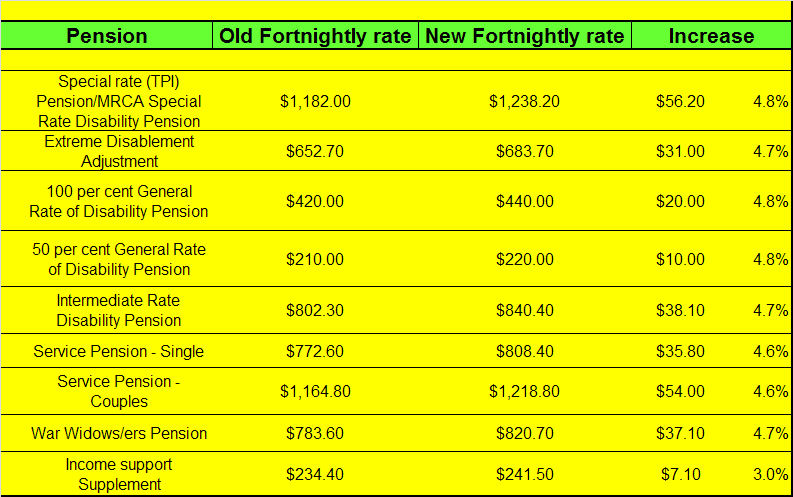
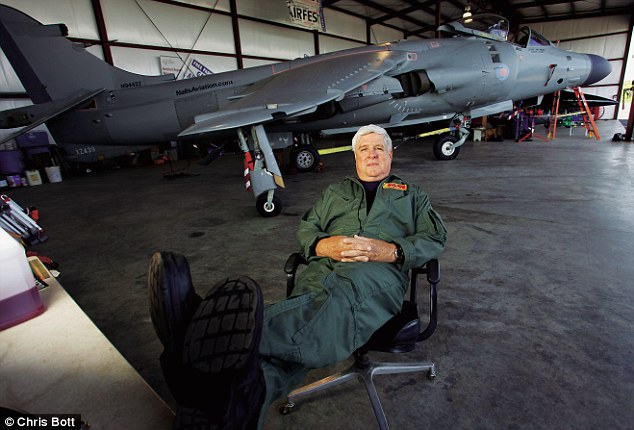
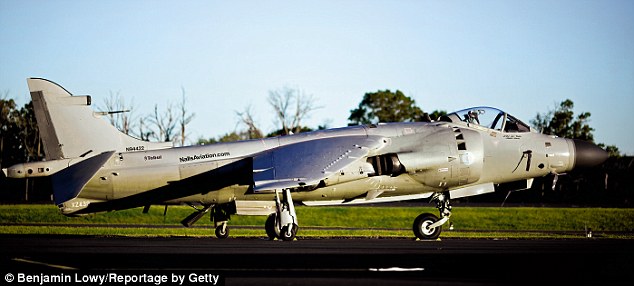
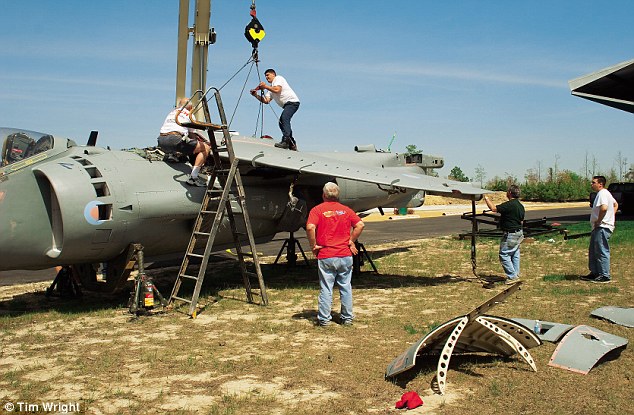
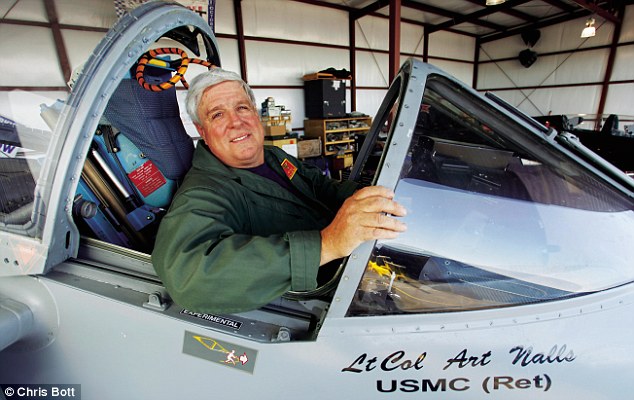
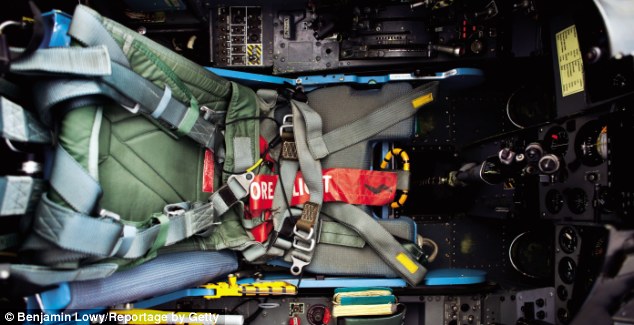
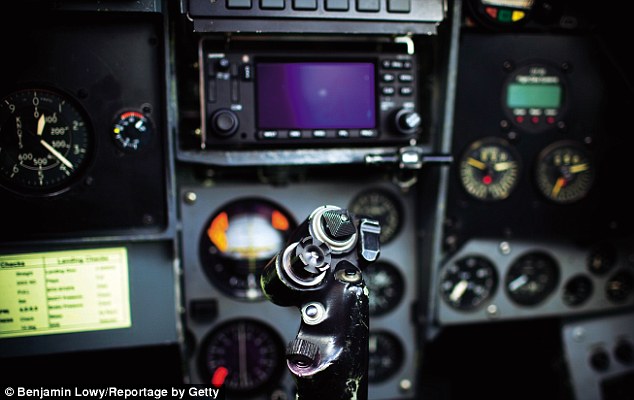
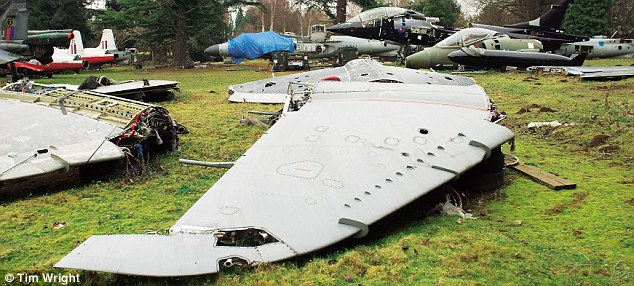
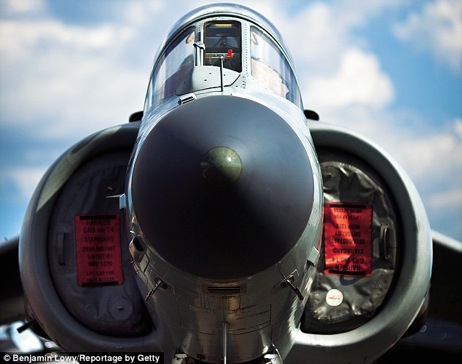
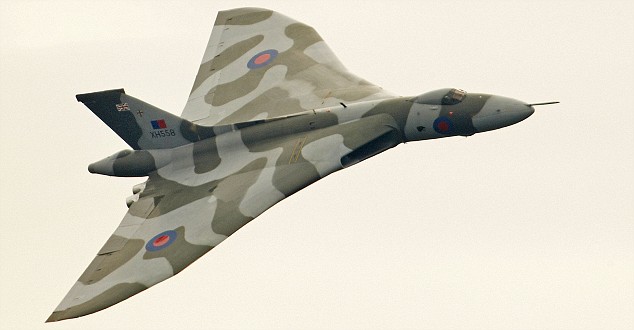

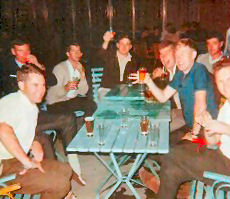

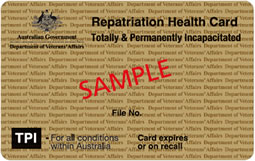
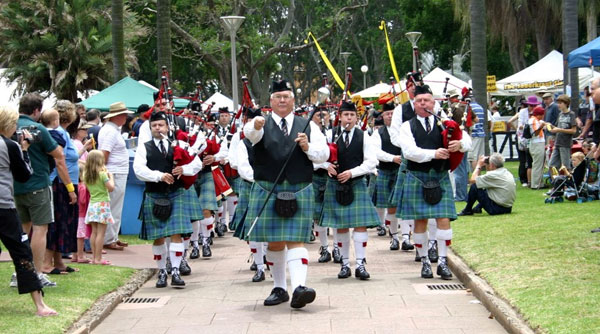



 up there with Firefox in terms of popularity. The problem
is that the bad guys know it and they have created a whole industry on
finding new holes in Java and others.
up there with Firefox in terms of popularity. The problem
is that the bad guys know it and they have created a whole industry on
finding new holes in Java and others.